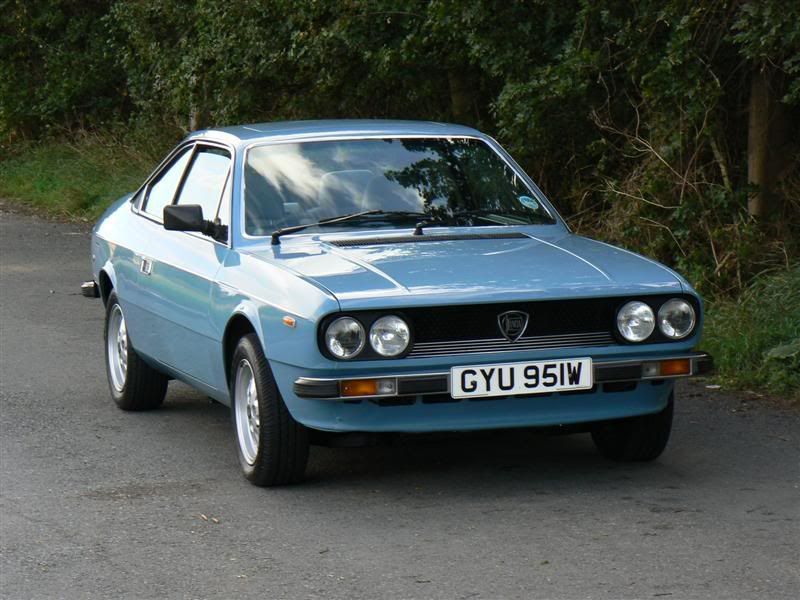Please can somebody help me
My 1980 Beta Coupe has the Bosch electronic ignition. Took coil off during week to replace with a new item as I suspected a recent hesitation/misfire was ignition rather carb related. (Same effect with two different clean carb bodies)
The new Coil is a ballasted 6V item with a suitable resistor. Now car wont fire with or either new or old coil. I have checked spark from each coil and this seems good. A spark-plug connected directly to either coil lead produces a good spark. No spark seems to be getting beyond distributor to plugs. The cap and rotor are virtually brand new and look fine. What started as a bad hesitation 100 miles ago has got progressively worse, only just got car back into garage from last venture out.
Could this be the control module (would I still get spark?) or the pick up on the distributor

Any clues/help






